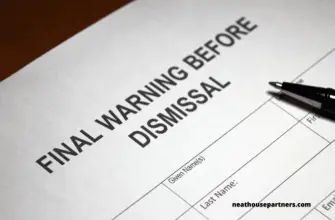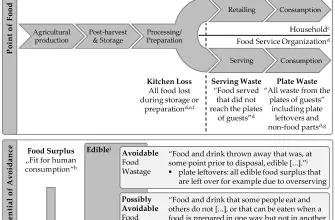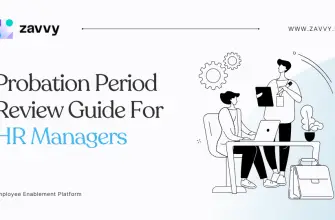Dismissal letters are a crucial part of the employment process, serving as the formal documentation of an employee’s termination. They are not only a legal requirement but also a way to maintain a professional relationship with the employee, even in the event of termination. Crafting a perfect dismissal letter can be a daunting task, especially when you need to ensure it is legally compliant, clear, and respectful. This comprehensive guide will walk you through the process of writing a dismissal letter, providing UK templates and examples to help you along the way.
Understanding the Meaning of a Dismissal Letter
A dismissal letter, also known as a termination letter, is a formal document issued by an employer to an employee to officially terminate their employment. It is a crucial part of the termination process, providing a written record of the decision and the reasons behind it. This document can be used in potential legal proceedings, making it essential to craft it carefully and accurately.
When is a Dismissal Letter Needed?
A dismissal letter is required in various situations, including but not limited to:
- Employee termination due to poor performance
- Termination due to misconduct
- Redundancy or business closure
- End of a fixed-term contract
Key Elements of a Dismissal Letter
A well-crafted dismissal letter should include the following elements:
- Employee’s name and position
- Date of the letter
- Reason for dismissal
- Details of any previous warnings or disciplinary actions
- Notice period and last working day
- Details of final salary and any other entitlements
- Information about the appeal process
How to Write a Dismissal Letter
Writing a dismissal letter requires a careful approach to ensure it is legally compliant and respectful. Here are some steps to guide you:
- Start with a formal letter layout. Use a formal letter template UK style, which includes your company’s name and address, the date, and the employee’s name and address.
- State the purpose of the letter. Clearly mention that the letter serves as a formal notice of termination.
- Provide the reason for dismissal. Whether it’s due to poor performance, misconduct, or redundancy, be clear and concise about the reason for termination.
- Include details of previous warnings or disciplinary actions. If the dismissal is due to performance or conduct issues, provide details of any previous warnings or disciplinary actions taken.
- Specify the notice period and last working day. According to UK law, employees are entitled to a notice period before dismissal. Specify this period and the employee’s last working day.
- Detail final salary and entitlements. Include information about the employee’s final salary, any outstanding payments, and other entitlements such as accrued holiday pay.
- Explain the appeal process. If your company allows for an appeal against dismissal, provide details on how the employee can initiate this process.
- End the letter professionally. Thank the employee for their service and wish them well for the future.
- Sign the letter. The letter should be signed by the appropriate authority in your company.
UK Dismissal Letter Templates
Here are some UK dismissal letter templates to help you craft your own:
1. Employee Termination Letter Due to Poor Performance
This is an example of an employee termination letter due to poor performance in word format. It includes the reason for dismissal, details of previous warnings, and the notice period.
2. Patient Dismissal Letter Due to Misconduct
This template is suitable for healthcare providers looking to dismiss a patient due to misconduct. It includes the reason for dismissal, details of the misconduct, and the effective date of dismissal.
3. Redundancy Notice Letter
This is a notice letter example UK style for redundancy situations. It includes the reason for redundancy, details of the redundancy package, and the notice period.
Conclusion
Writing a dismissal letter is a critical task that requires careful consideration and attention to detail. By following the guidelines and templates provided in this guide, you can craft a professional and legally compliant dismissal letter. Remember, the goal is not only to terminate the employee’s contract but also to maintain a professional relationship and protect your company from potential legal issues.









